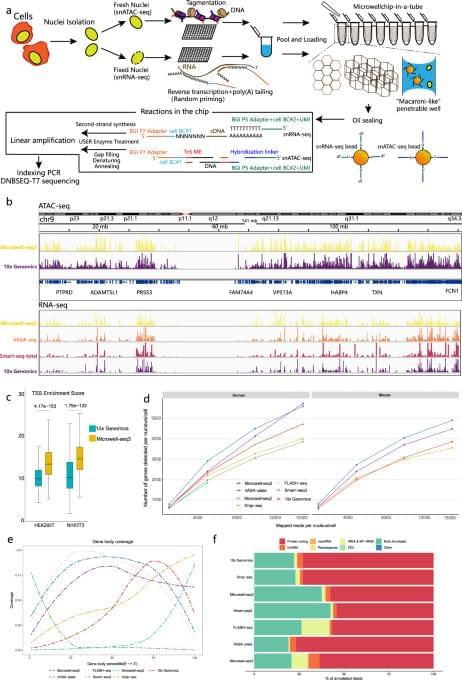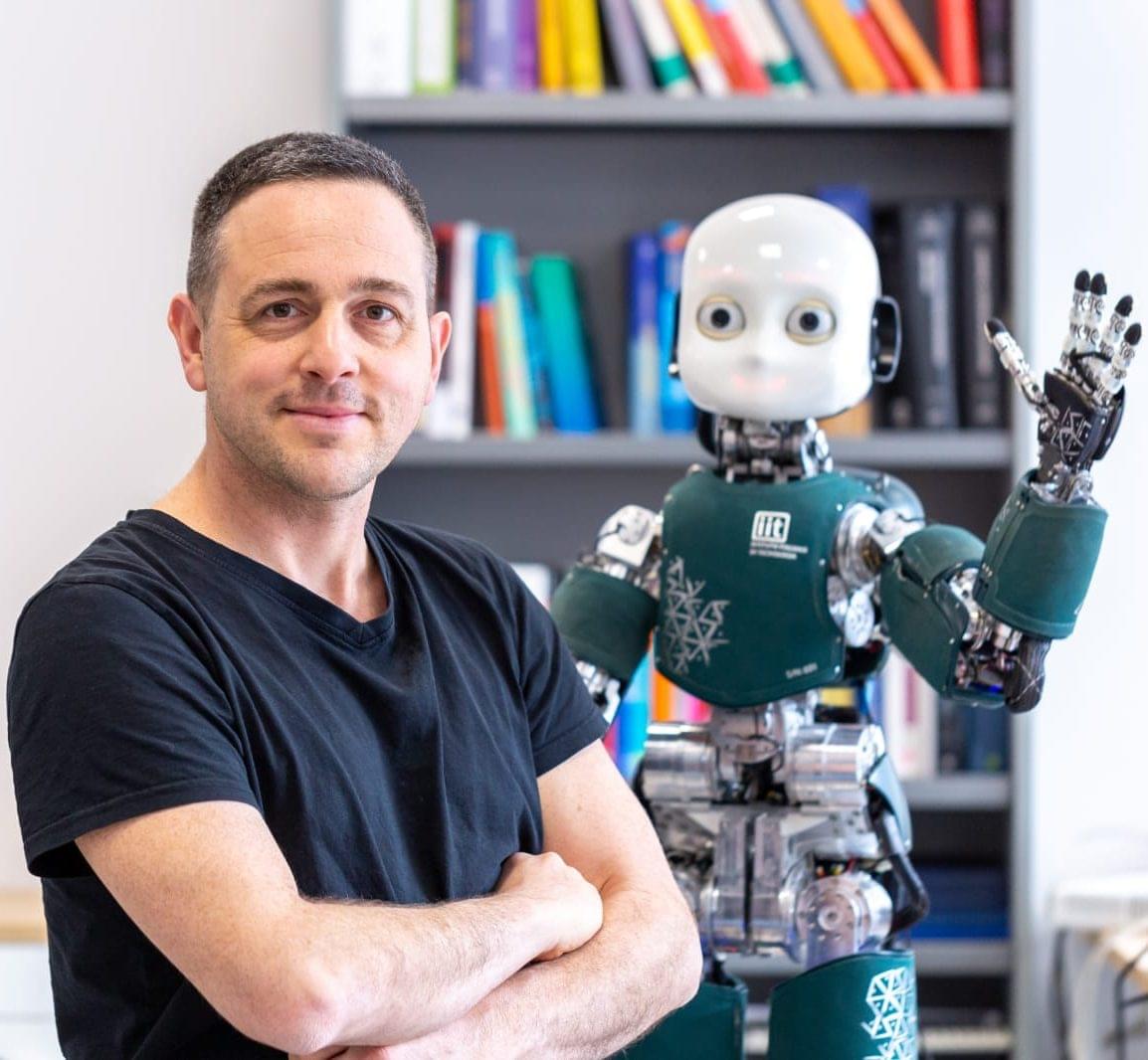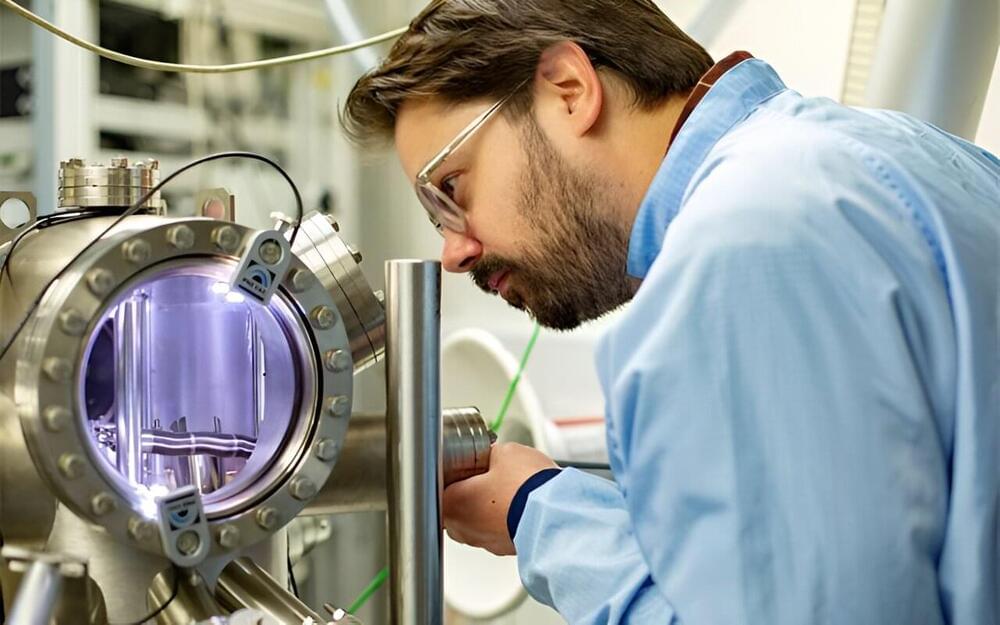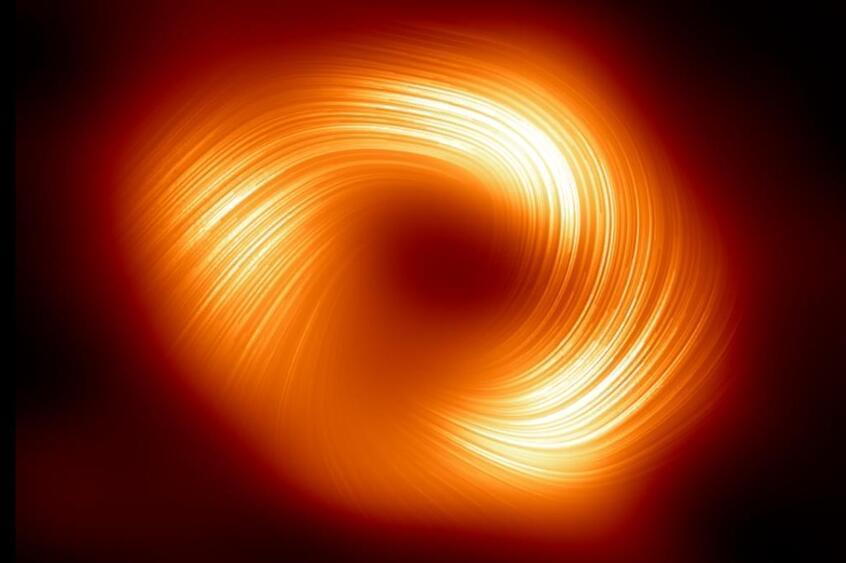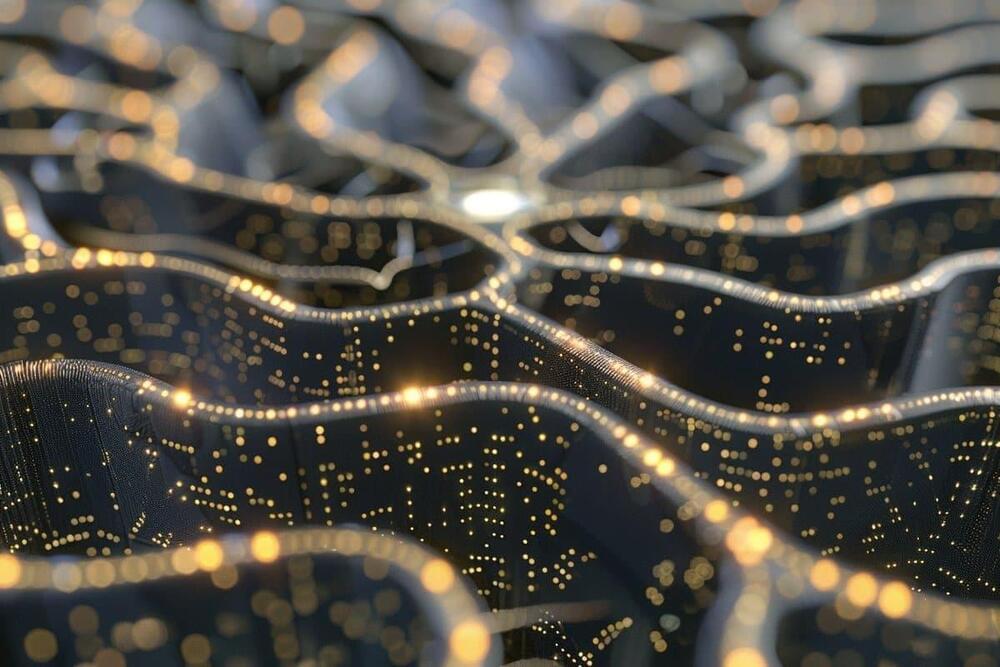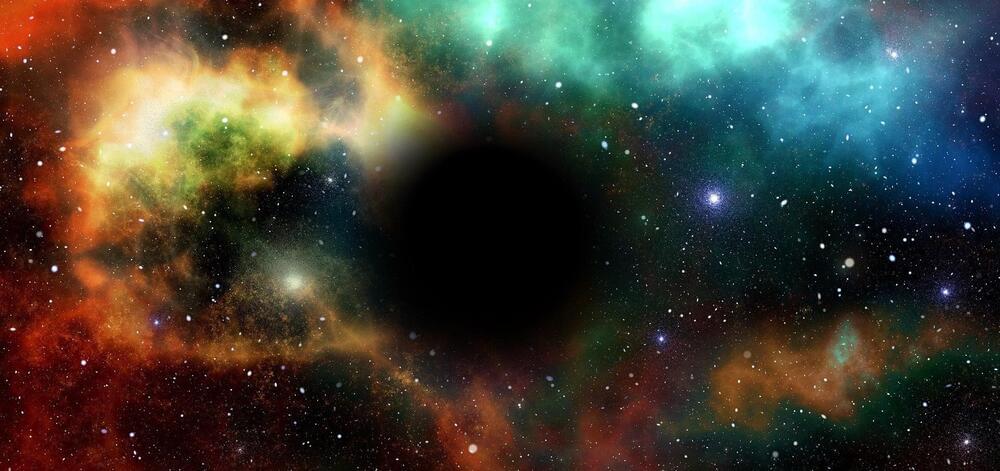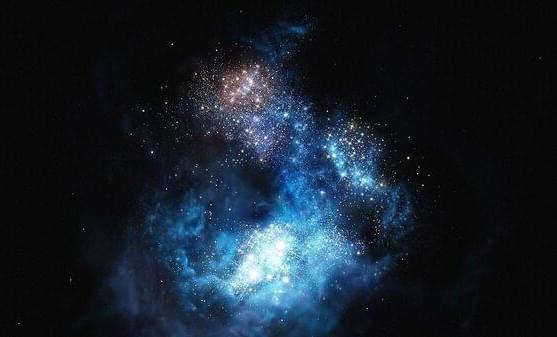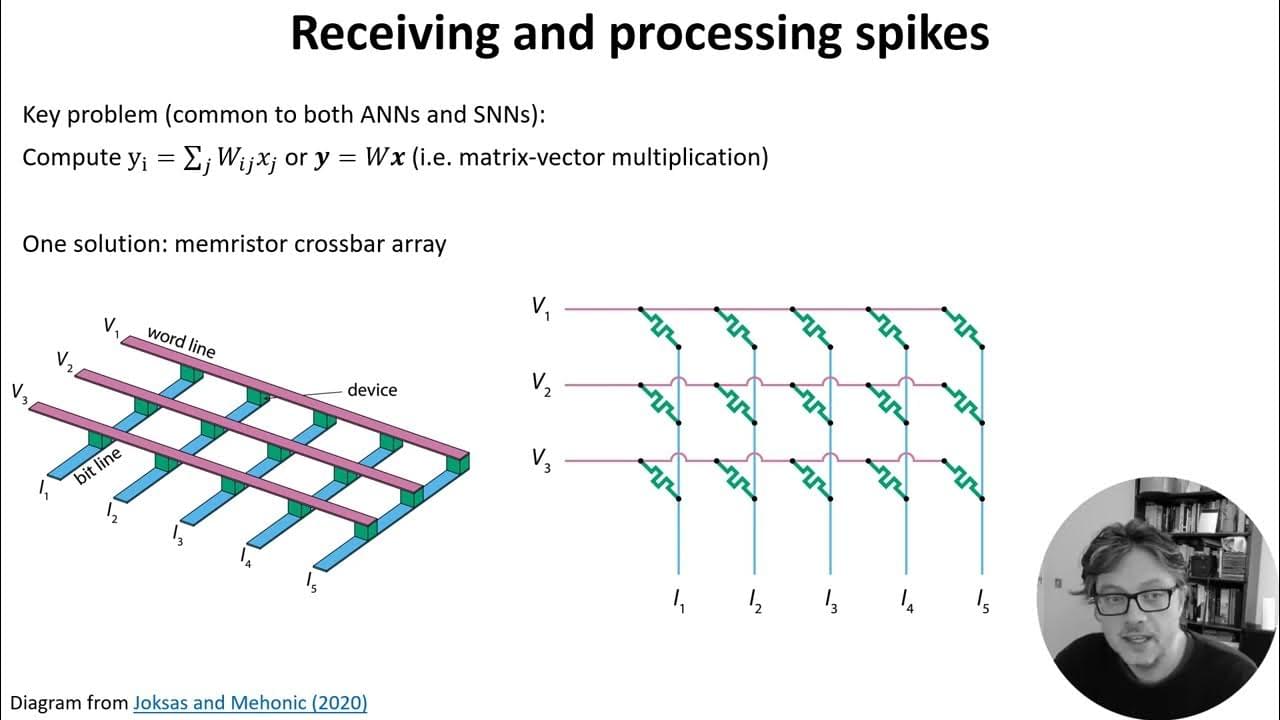Ye, F., Zhang, S., Fu, Y. et al. Cell Discov 10, 33 (2024). https://doi.org/10.1038/s41421-023-00642-z.
Scientists have created an n-channel transistor using diamond for the first time, potentially leading to faster components that can work in extreme conditions.
Visit https://l.linqto.com/anastasiintech and use my promo code ANASTASI500 during checkout to save $500 on your first investment with Linqto.
LinkedIn ➜ / anastasiintech.
Support me at Patreon ➜ / anastasiintech.
Sign up for my Deep In Tech Newsletter for free! ➜ https://anastasiintech.substack.com.
Timestamps:
00:00 — Intro.
00:33 — New Blackwell GPU Explained.
06:35 — Demand for AI Chips.
07:01 — New 4 trillion transistors Chip.
10:04 — Why do we need Huge Chips?
14:04 — New Analog Chip Explained
A new fabrication process that could be used to build a quantum computer achieves an almost zero failure rate and has the potential to be scaled up, according to new research from engineers and physicists at UCL.
“We hope our work will contribute to informed decisions regarding regulatory measures or behavioral interventions to minimize chemical exposure and protect human health,” Tesar said in a statement.
1.8 million. That’s how many people globally have multiple sclerosis, according to the World Health Organization. The agency also found around one in 100 children worldwide have been diagnosed with autism.
“Rigorous safety tests are in place for human health that are evaluated by [the] U.S. Environmental Protection Agency for approval and compliance with all regulatory guidelines,” Brian Sansoni, senior vice president for Communications, Outreach and Membership for the American Cleaning Institute, told Forbes. The ACI represents top cleaning product manufacturers like the Clorox Company and Procter & Gamble. “ACI member company manufacturers make product safety a top priority.” Quats have been known to be effective at killing bacteria, germs, viruses and mold. “The use of cleaning products, disinfectants and their chemistries contribute to public health in homes, schools, healthcare settings and communities every single day,” the ACI said.
The results suggest a deeper investigation of Sgr A* may uncover hitherto undiscovered features.
The polarization of light and neat and strong magnetic fields of Sgr A*, and the fact that they closely resemble that of M87*, may indicate that our central black hole has been hiding a secret from us until now.
“We expect strong and ordered magnetic fields to be directly linked to the launching of jets as we observed for M87*,” Issaoun explained. “Since Sgr A*, with no observed jet, seems to have a very similar geometry, perhaps there is also a jet lurking in Sgr A* waiting to be observed, which would be super exciting!”
Summary: Neural networks, regardless of their complexity or training method, follow a surprisingly uniform path from ignorance to expertise in image classification tasks. Researchers found that neural networks classify images by identifying the same low-dimensional features, such as ears or eyes, debunking the assumption that network learning methods are vastly different.
This finding could pave the way for developing more efficient AI training algorithms, potentially reducing the significant computational resources currently required. The research, grounded in information geometry, hints at a more streamlined future for AI development, where understanding the common learning path of neural networks could lead to cheaper and faster training methods.
At the heart of a far-off galaxy, a supermassive black hole appears to have had a case of the hiccups. Astronomers from MIT, Italy, the Czech Republic, and elsewhere have found that a previously quiet black hole, which sits at the center of a galaxy about 800 million light years away, has suddenly erupted, giving off plumes of gas every 8.5 days before settling back to its normal, quiet state.
The world of science is full of important constants such as pi and the Hubble Constant, which reveals the universe’s expansion. Edwin Hubble linked red shift to distance, estimating the Hubble Constant at 500km/s/mpc, now revised to 65km/s/mpc.
W8 V1 — Neuromorphic computing
Posted in computing, neuroscience
This video is part of the open course “Neuroscience for machine learners”. Find out more at https://neuro4ml.github.io/
